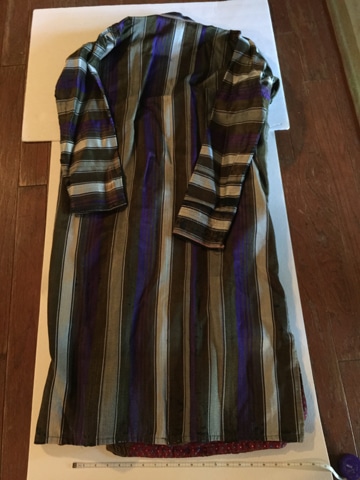Early in my first Peace Corps assignment, I was an architect without a home. In 1968, after summer training in a Colorado migrant labor camp, I became one of 110 PCV assigned to Afghanistan Group XIV. When we arrived in Kabul, those of us who were assigned to work in the city had to find our own lodging.
While volunteers were living in hotels, the irony was obvious. I went to work each day designing schools for the Ministry of Education’s Construction Division – yet I had to live in a hotel rather than a place I could call my home. We designed low-cost prototypes for elementary schools throughout the country. I also designed a school campus mosque, utilizing short beam spans for local communities to build. Eventually, I found housing with 4 other PCVs sharing the rental costs. The high rent stretched our budgets. All volunteers, both urban and rural, received the same housing allowance.
Briefly, I taught architecture at Kabul University, following a PC decision to discontinue the Architects program at the Ministry. A little more than a year into my Peace Corps service, student strikes erupted shutting down the University. This was a preamble to future Russian occupation in Afghanistan inciting many political factions tearing the country apart. The Peace Corps decided it was time to leave Afghanistan in 1979 and it has not been home for Peace Corps volunteers since.
Before I left, I was fortunate to visit Herat’s great Mosque, and Lashkargah’s Qala-e-Bost historic fortress in Helmand Province. I visited Nuristan along the Pakistan-Afghan border, while on a Ministry of Education school search tour. In the Bamiyan Valley I visited the world’s largest Buddha statues, climbing onto one of the statue’s heads to view the valley below. The Taliban destroyed these religious symbols in 2001—just one of thousands of tragedies afflicting the country to this very day.
Before I left Kabul, I visited a men’s clothing shop to purchase a chapan coat. This garment is worn for fashion, warmth and status among Afghan men. The chapan provided me with warmth—and warm memories—when I wore it at a Peace Corps event in Sarasota, Florida, where I now live.
You might wonder what happens to Peace Corps volunteers when they volunteer to abruptly leave a country like Afghanistan. I joined another group training for Peace Corps service in Bolivia. I served in La Paz, Bolivia in 1970 and Cuzco, Peru in 1971. These unsettling, yet educational years, provided a perfect introduction to my lifetime of work with international development groups in an additional 8 countries.




